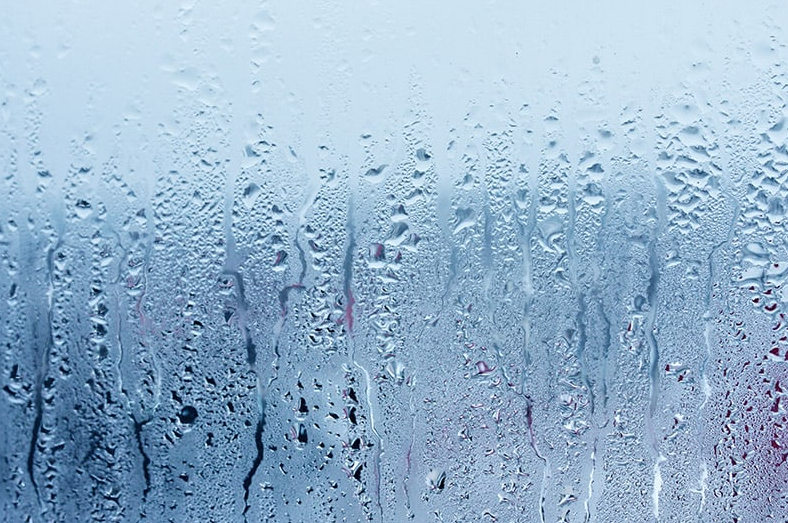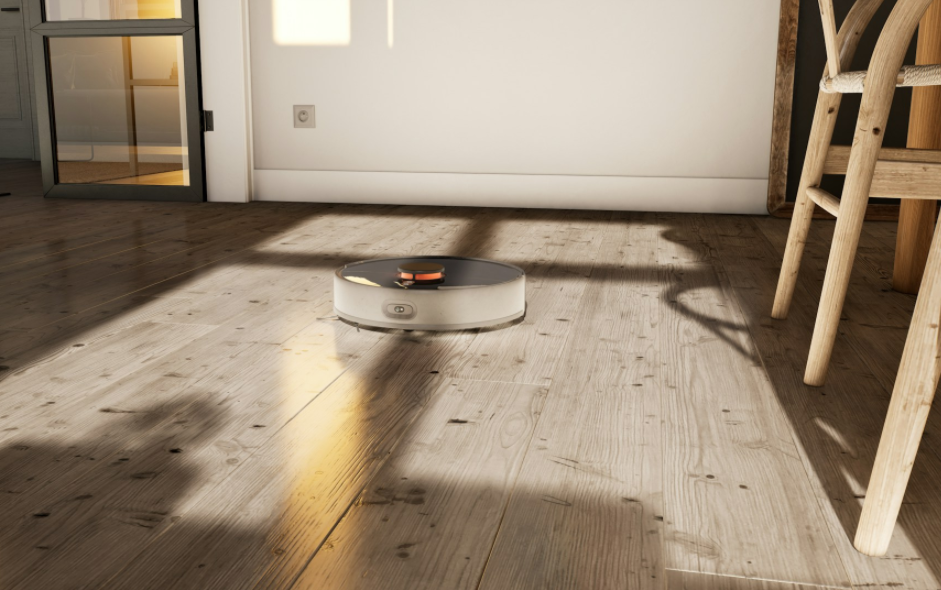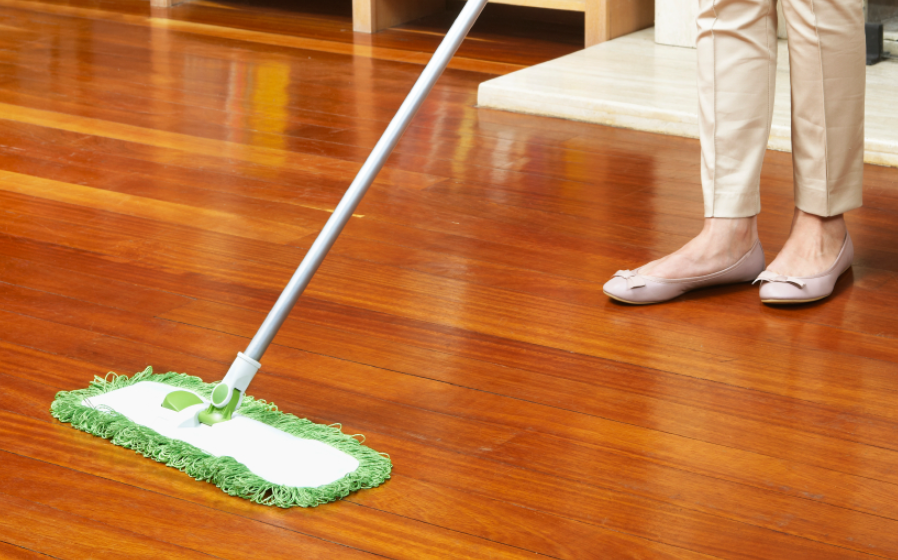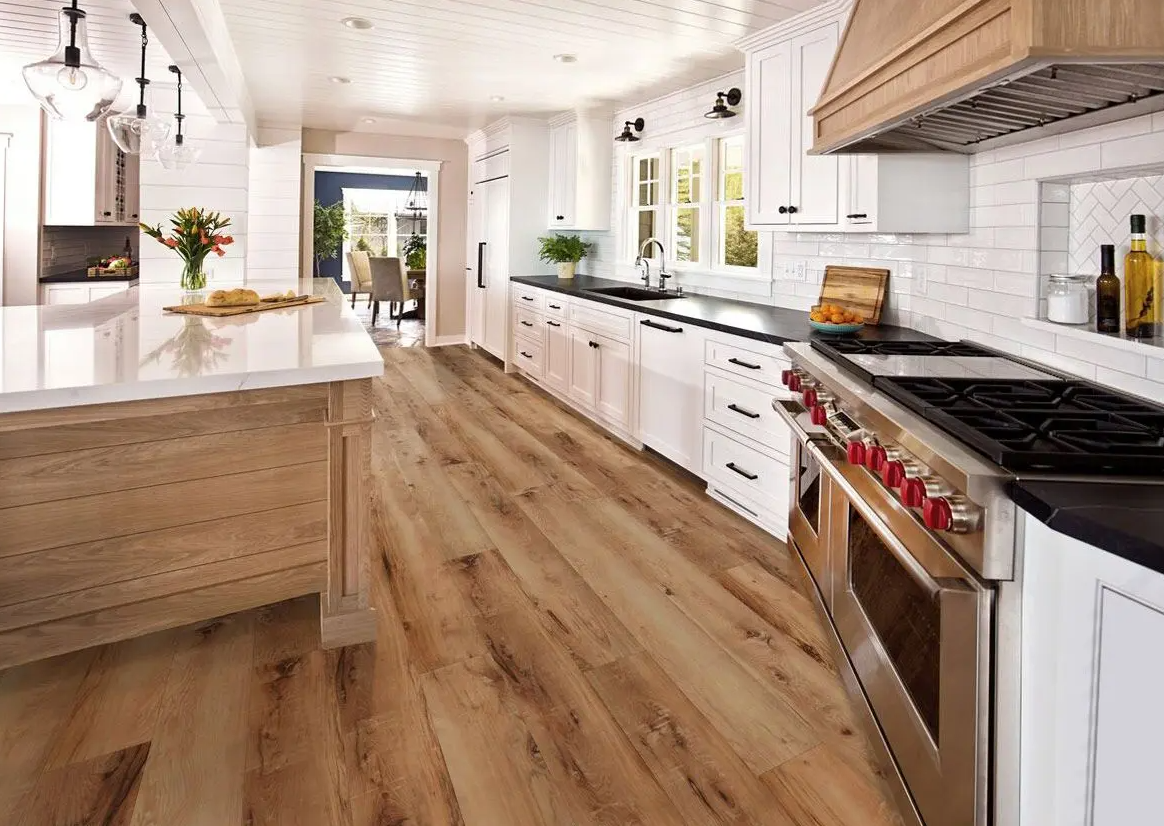Introduction
Choosing the right flooring can be tricky—especially when comparing WPC (Wood Plastic Composite) and laminate flooring. Both options offer a stylish wood-like appearance, easy installation, and affordability compared to hardwood. Yet, their performance differs greatly when it comes to water resistance, durability, comfort, and long-term value.
In this guide, I’ll break down the key differences between WPC and laminate flooring based on real-world use, performance tests, and cost analysis. By the end, you’ll know exactly which one fits your lifestyle, budget, and space best.
Water & Moisture Resistance Performance

I’ve tested both WPC and laminate flooring in wet conditions. The difference in water resistance is clear.
WPC flooring is 100% waterproof. Its core mixes wood materials and plastic polymers. This stops moisture from getting in. You can install WPC in bathrooms, kitchens, or any wet area. It won’t swell or warp. Water can sit on the floor for hours or days. WPC stays undamaged.
Laminate flooring is different. It resists water but isn’t waterproof. Most laminate products handle spills for 24–72 hours. After that, the high-density fiberboard (HDF) core absorbs water. This causes swelling. Without proper expansion space, you’ll see buckling. The joints may become noisy soon after you install them in damp rooms.
WPC vs Laminate in Wet Environments
I recommend WPC for high-moisture spaces like bathrooms and laundry rooms. You can clean it freely. Mop as hard as you want. No damage will occur.
Laminate flooring needs more care. It works best in dry or slightly damp rooms. I suggest avoiding kitchens and bathrooms unless you wipe up spills right away.
Application Versatility & Maintenance
You can install WPC almost anywhere. This includes areas where traditional wood flooring or laminate would fail.
Laminate needs careful planning. You must use transition moldings. These handle floor movement from moisture changes.
I find WPC easier to maintain. It protects you from daily water problems. This makes it less stressful for busy households.
My verdict: WPC’s full waterproofing and easy maintenance make it superior in moisture-prone areas. Laminate performs well in dry spaces. But it can’t handle long water exposure. This key difference determines where you can use each flooring type.
Durability & Lifespan: WPC Flooring vs. Laminate

I’ve compared WPC flooring and laminate flooring many times. The differences in durability and lifespan are big. Their core materials explain why. So does how they handle wear, tear, and moisture.
Durability Comparison
WPC flooring has great durability. I’ve seen it handle scratches, dents, and scuffs in high-traffic areas. The material is 100% waterproof. It won’t warp, swell, or rot. Even if you expose it to moisture for long periods. I recommend WPC for kitchens, bathrooms, and basements. These are places where spills and humidity often happen. Its structure stays stable. You won’t see shrinking or cracking like you might with wood-based or laminate options.
Laminate flooring is also durable. It has a scratch-resistant outer layer. It has a sturdy high-density fiberboard (HDF) core. It handles regular wear well. But it’s not very water-resistant. If water sits on it or you delay cleaning, laminate can swell or warp. Over time, it gets scratches and dents more than WPC and SPC products.
Quick Features Table
| Feature | WPC Flooring | Laminate Flooring |
|---|---|---|
| Water Resistance | 100% waterproof | Moderate (not waterproof) |
| Scratch/Dent Resistance | High | Moderate to good |
| Typical Lifespan | 15–25 years | 10–30 years |
| Wet Area Suitability | Yes | No |
| Maintenance Needs | Low | Moderate (avoid prolonged water) |
Price Range & Cost Value
I want to talk about WPC vs laminate flooring cost. The price gap and long-term value matter most here.
Laminate flooring costs less. Standard laminate runs $1–$4 per square foot. Some designs (like tile or stone looks) reach $5 per square foot. In the UK, prices start from £10/m² (about $13/m²).
WPC and SPC flooring cost more upfront. Materials run from $2–$6 per square foot. SPC often starts at £20/m² (about $26/m²).
Installation fees are similar for both types. Professional installers charge $1–$3 per square foot. Total installed costs are around $2–$7 for laminate and $3–$9 for WPC/SPC per square foot.
Long-Term Value & Durability
WPC and SPC are more durable and water-resistant. I recommend these for wet areas. They help lower replacement costs in spaces with moisture or heavy foot traffic.
Laminate flooring costs less upfront but resists water poorly. It can swell or get damaged. The average lifespan is 15–25 years.
Flooring project costs split this way: 40%–60% on materials, the rest on installation. This applies to both laminate and WPC/SPC.
Cost Value Analysis
Laminate: I suggest this for tight budgets and DIY installation.
WPC/SPC: I recommend spending more for kitchens, bathrooms, and busy areas. You get strong water resistance and durability.
Installation costs are similar for both. But WPC/SPC lasts longer and needs less maintenance.
Example Project Costs (2,000 sq ft)
Laminate: $6,000–$25,000 (materials + installation)
WPC/SPC: $8,000–$27,000 (materials + installation)
Summary Comparison
| Feature | Laminate | WPC/SPC |
|---|---|---|
| Material Cost | $1–$4/sq ft | $2–$6/sq ft |
| Installation Cost | $1–$3/sq ft | $1–$3/sq ft |
| Water Resistance | Low | High |
| Durability | Moderate | High |
| Lifespan | 15–25 years | 20–30+ years |
| Best Use | Dry areas | Wet/high-traffic areas |
Installation Difficulty & Cost: WPC vs Laminate Flooring
| Item | WPC Flooring | Laminate Flooring |
|---|---|---|
| Installation Method | Tongue-and-groove, click-lock; DIY-friendly; basic tools sufficient | Interlocking mechanism; simple DIY; suitable for weekend projects |
| Subfloor Tolerance | Handles small bumps (up to ¼ inch); floating floor, no glue/nails needed | Same as WPC; floating floor, no glue/nails needed |
| Preparation Needed | Minimal; quick installation; easy removal/replacement | Minimal; quick installation; easy removal/replacement |
| Material Cost | Mid-range; higher upfront than laminate but cheaper than hardwood/stone | Low; budget-friendly; photorealistic wood/stone look |
| Labor Cost | DIY possible; simple installation reduces labor costs | DIY possible; simple installation reduces labor costs |
| Cost Effectiveness | Higher initial cost but long-term savings due to durability; fewer replacements | Lower initial cost; moderate lifespan; may need earlier replacement in harsh conditions |
| Best Use | High-traffic areas; moisture-prone spaces | Budget-conscious projects; dry areas |
Maintenance Requirements: WPC vs Laminate Flooring Cleaning & Upkeep

WPC and laminate flooring are both easy to care for daily. But they differ in how they handle water and repairs. I think this difference matters a lot for your choice.
WPC Flooring Maintenance
Simple, low-effort upkeep: Sweep or vacuum often to remove dirt and debris. Damp mop now and then with mild soap or a pH-neutral cleaner. This keeps it looking fresh.
Water and spill-friendly: WPC has a waterproof core. A spill can sit for a while without causing panic. Cleaning is easy, even in kitchens and bathrooms.
Deep cleaning: You can use special WPC cleaning solutions for tough jobs. Don’t use harsh cleaners or steam mops. They could damage the surface.
Repair: WPC resists damage well. It needs repair or plank replacement only in rare cases. Keep up with basic care and you’ll be fine.
Preventive steps: I suggest using furniture pads and area rugs. They guard against dents and scratches. This keeps your floor looking good longer.
Laminate Flooring Maintenance
Routine cleaning: Laminate needs sweeping or vacuuming, just like WPC. Damp mop with care. Never use too much water.
Moisture control is key: Laminate’s core absorbs water. Spills left unattended cause swelling. They can also cause buckling or warping at the joints and seams.
Repairs: Water or deep scratches can damage laminate planks. Most times, you can’t repair them. You’ll need to replace them instead.
Protective tips: Add furniture pads and rugs in high-traffic areas. I recommend this to keep scratches and wear under control.
Quick action: Wipe up spills right away. If you wait, moisture damage can force you to replace several planks.
Quick Comparison Table
| Maintenance Factor | WPC Flooring | Laminate Flooring |
|---|---|---|
| Water resistance | 100% waterproof, worry-free in wet rooms | Sensitive to water, avoid excess moisture |
| Routine cleaning | Sweep, vacuum, damp mop with mild soap | Sweep, vacuum, damp mop (little water) |
| Deep-cleaning options | WPC cleaners (optional) | No harsh products; clean spills fast |
| Repair after damage | Repair needed in rare cases; easy care | Replace planks if damage is severe |
| Preventive care | Furniture pads, rugs to avoid surface dents | Pads/rugs to limit wear and damage |
Design Options & Aesthetics: WPC vs. Laminate Flooring

Both WPC and laminate flooring offer diverse choices. They cater to almost any style preference. But there are key differences in visual realism, texture, and how long the aesthetics last.
WPC Flooring Aesthetics
Wood Look & Texture: WPC flooring has a thick, layered construction. Its top vinyl surface uses advanced printing to mimic real wood texture and appearance. These visuals can be realistic. But some WPC products may appear a bit synthetic. This is true compared to top-tier laminate or SPC flooring.
Plank Thickness: Most WPC planks are 6–8mm thick or more. This adds comfort underfoot. It can enhance the overall “real wood” effect.
Finish & Color Choice: WPC is available in many wood-look styles. You can choose light oaks, walnut browns, or gray washes. Finish options include matte, glossy, or hand-scraped.
Durability in Wet Spaces: WPC’s waterproof build helps it maintain appeal in bathrooms and kitchens. It resists water-induced visual damage over time.
Practical Visual Longevity: I saw one retailer demonstration. WPC planks were placed in a fish tank. They showed no change in appearance. This highlighted their visual stability under wet conditions.
Laminate Flooring Aesthetics
Photorealistic Print Layer: Laminate features a photographic print layer beneath a protective resin. The latest innovations mean some products are almost indistinguishable from real hardwood. Even flooring professionals can’t tell the difference.
Texture & Detail: Premium laminate options (12 mil and above) offer high-resolution wood grain imagery. They also have embossed-in-register textures. These replicate actual wood knots and grain with impressive accuracy.
Style & Size Diversity: Laminate comes in many styles, colors, and finishes. You can choose from modern to classic looks. Various plank sizes and thicknesses are available. This gives you flexibility. You can pick wide-plank farmhouse, rich mahogany, or trendy gray-wash visuals.
Material & Visual Authenticity: Laminate has over 96% wood content. It excels in biobased visual authenticity. It often produces crisper, finer patterns than comparable WPC styles.
Quick Comparison Table
| Aspect | WPC Flooring | Laminate Flooring |
|---|---|---|
| Wood realism | High (may look synthetic in some cases) | Very high (top options rival real wood) |
| Texture | Realistic; softer feel | Realistic; embossed for wood grain effect |
| Color/style variety | Wide range | Even broader range, many wood species/colors |
| Finish options | Matte, glossy, hand-scraped | Matte, glossy, rustic, aged, etc. |
| Plank thickness | 6–8mm+ | 7mm–12+ mm; premium options available |
| Visual durability | Excellent in wet areas | Best in dry areas, can fade if exposed to moisture |
| Price for realism | Higher for top visuals | More affordable for ultra-realistic look |
Environmental Impact: WPC vs Laminate Flooring
I believe choosing between WPC and laminate flooring means thinking beyond durability or style. You need to consider environmental impact too. Let me show you how these two flooring types compare on eco-friendliness, air quality, production, and disposal.
Use of Recycled Materials & Sustainable Practices
WPC flooring uses recycled materials. Manufacturers blend recycled wood fibers and plastics to create WPC planks. This cuts down landfill waste. It also supports sustainable building practices.
Laminate flooring uses high-density or medium-density fiberboard (HDF/MDF) as its core. These core materials may include some recycled wood. But they often depend on virgin resources. They are bonded with chemical resins.
Indoor Air Quality & VOC Emissions
WPC flooring has lower formaldehyde content. Most WPC planks emit fewer volatile organic compounds (VOCs). This makes them a healthier option for indoor spaces.
Laminate flooring can harm indoor air quality. Its core is bonded with resins that contain Formaldehyde and VOCs. These emissions can linger in rooms with poor ventilation.
Some brands now offer low-VOC or formaldehyde-free laminate options. But most standard choices still use conventional resins.
Manufacturing Energy Use & Carbon Footprint
Laminate flooring requires more energy to produce. The manufacturing process presses layers. It cures strong adhesives. It creates protective resin wear layers. These steps use significant energy. This energy often comes from non-renewable sources.
The decorative layer in laminate is made from plastics and melamine resins. This increases its overall carbon footprint.
End-of-Life & Disposal Issues
Neither WPC nor laminate flooring is biodegradable.
Laminate flooring creates problems in landfills. It can take decades to break down. It may release harmful chemicals into the soil and water.
The mixed material structure of laminate makes recycling very difficult. Most gets buried as trash.
WPC flooring gains some environmental points by using recycled materials at the start. But it is not biodegradable.
Environmental Impact Comparison Table
| Environmental Factor | WPC Flooring | Laminate Flooring |
|---|---|---|
| Use of recycled materials | High | Moderate |
| Formaldehyde content | Low | Can be high |
| VOC emissions | Lower | Higher (unless low-VOC option) |
| Energy use in production | Moderate | High |
| End-of-life recyclability | Limited | Very limited |
| Biodegradability | No | No |
Pros & Cons Summary
I’ve compared WPC vs laminate flooring to see how each performs in key areas. These include waterproofing, durability, cost, installation, comfort, and maintenance. Here’s my breakdown of the practical advantages and disadvantages of each. I base this on real data and user experience:
WPC Flooring: Pros include 100% waterproofing, excellent durability, and suitability for high-traffic or moisture-prone areas. It offers a realistic wood look, easy DIY installation, good sound insulation, low maintenance, eco-friendly materials, resistance to cracking and termites, versatile designs, and long-term cost-effectiveness. Cons are susceptibility to dents or scratches from heavy impact, some products looking slightly synthetic, lower density than SPC, minor expansion/contraction with environmental changes, and a higher upfront price compared to most laminate options.
Laminate Flooring: Pros are high scratch resistance, ultra-realistic visuals, budget-friendliness, easy maintenance, bio-based and renewable materials, and good stain resistance. Cons include sensitivity to water, lack of waterproofing, need for transition moldings in larger spaces, less sound insulation, lower dimensional stability, faster wear for thin or cheap options, and limited suitability in wet areas like bathrooms or basements.
Head-to-Head Comparison Table
| Feature/Factor | WPC Flooring | Laminate Flooring |
|---|---|---|
| Waterproof performance | Yes (100%) | No |
| Scratch resistance | Moderate (can dent/scratch from heavy items) | Very high (ideal for pets, high-traffic areas) |
| Real wood look & feel | Realistic (may seem synthetic at entry level) | Ultra-realistic in top-tier products |
| Comfort & warmth | Soft, warm, good soundproofing | Moderate; harder and noisier underfoot |
| DIY installation | Simple; tolerates imperfect subfloors | Simple; needs flatter subfloors |
| Maintenance | Very low effort, stress-free with spills | Easy routine care, but must protect from water |
| Environmental impact | Uses recycled content, non-biodegradable | Over 96% wood, can emit VOCs/formaldehyde |
| Suitable rooms | Any, wet/high-traffic areas | Dry spaces |
| Typical plank thickness | 5mm+ (often 6–8mm) | 7mm–12mm+ |
| Price | Higher upfront, long-term value | Lowest upfront, cost effective for dry zones |
